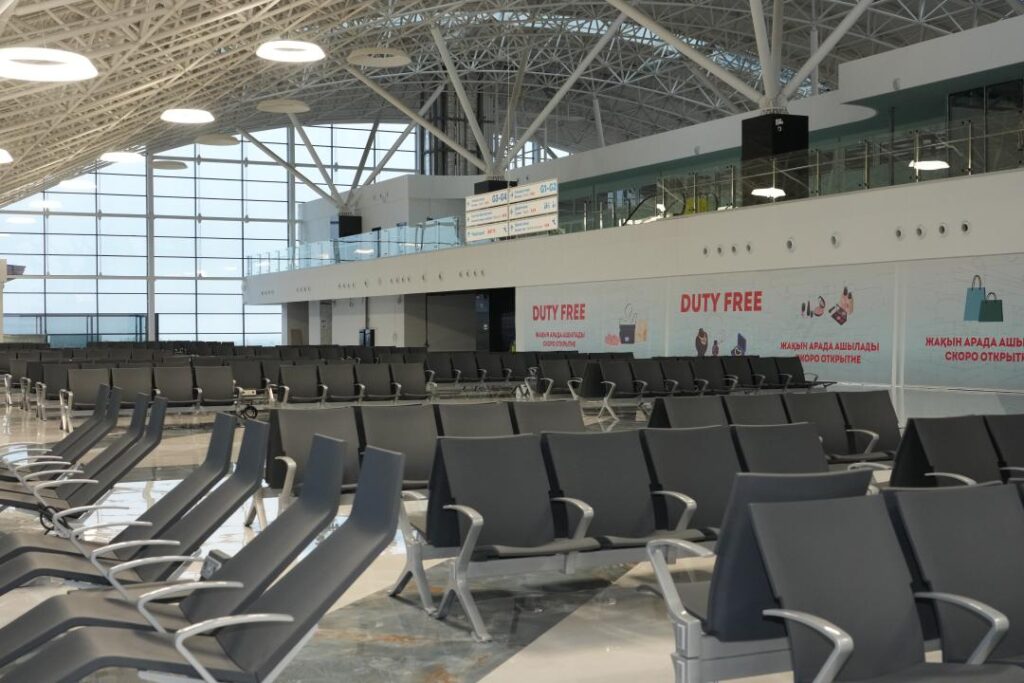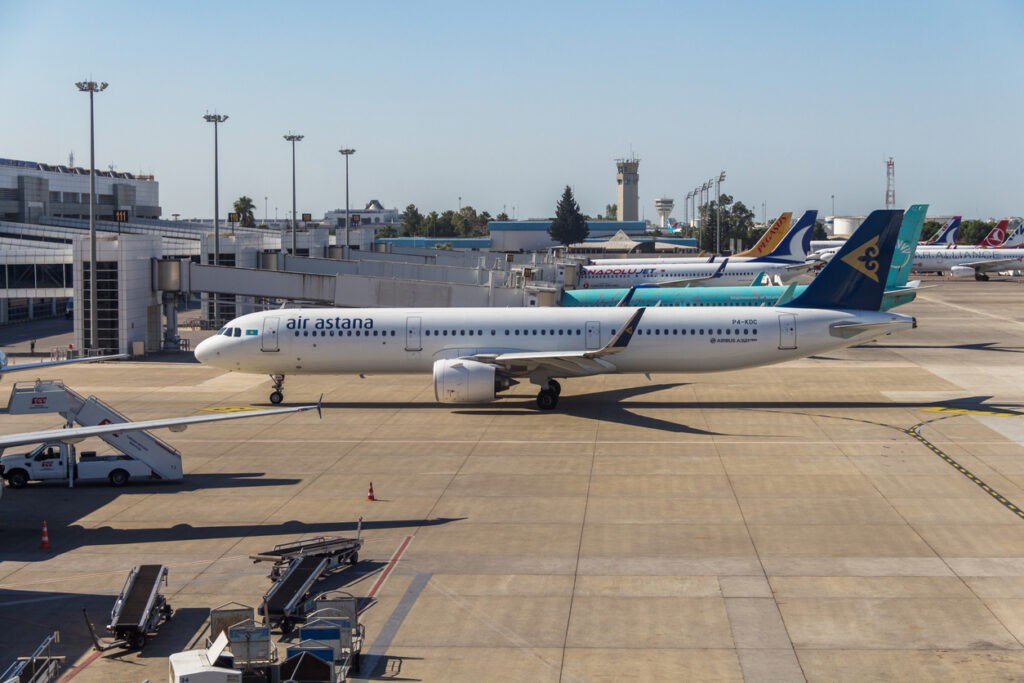Osh Airport to Undergo Modernization
On February 14, Kyrgyzstan’s President Sadyr Japarov laid the foundation stone for the construction of a new airport complex at Osh International Airport, the country’s second-largest city. Expanded Facilities and Increased Capacity According to the presidential press service, the new terminal will offer modernized passenger facilities, including: A spacious hall with improved check-in areas; A food court and recreation areas; A 650-car parking lot. The terminal will have the capacity to serve over 5 million passengers per year. Additionally, the number of aircraft parking spaces will increase by 25, and a runway extension is planned for 2026. A Key Hub for the Fergana Valley Japarov emphasized that Osh International Airport is Kyrgyzstan’s second-busiest airport and a strategic transportation hub for the entire Fergana Valley. It connects southern Kyrgyzstan with Central Asia, the Commonwealth of Independent States (CIS), and the Middle East. Currently, the airport is capable of handling Airbus A320 and Boeing 737 aircraft. However, built in 1974, the facility is now outdated and unable to fully meet the growing demands of passenger and cargo traffic. "The construction of a new airport complex is just the beginning of our large-scale plans," Japarov stated. "We aim to expand the airport’s route network, attract new airlines, and boost cargo transportation." Kyrgyzstan’s Broader Airport Modernization Efforts Japarov highlighted Kyrgyzstan’s ongoing efforts to modernize regional airports, noting recent developments: Karakol International Airport and Talas Airport have been put into operation. Runway renovations were completed at Jalal-Abad, Kazarman, and Batken airports. Reconstruction is underway at Issyk-Kul International Airport and Naryn Airport. Construction of a new airport in Jalal-Abad is set to begin soon. In 2024, Kyrgyzstan purchased two Canada-manufactured Bombardier Dash 8 Q400 short-haul aircraft for domestic routes. Two more are expected to be acquired later this year.






